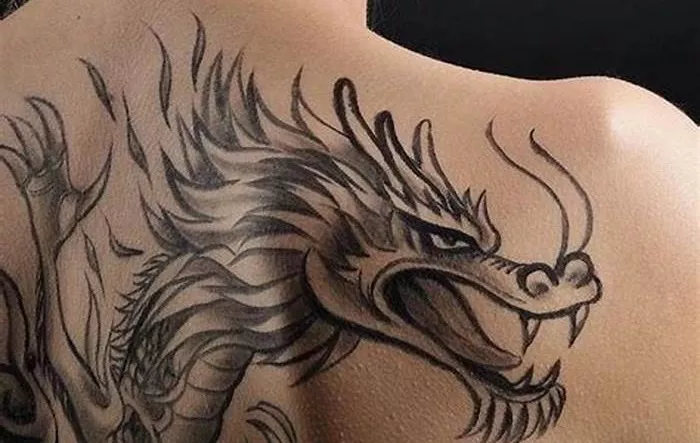Virginia Commonwealth University School of the Arts in Qatar (VCUarts Qatar) has debuted its groundbreaking exhibition Matter Diplopia at the 2025 edition of the London Design Biennale. Set within the historic Somerset House and open to the public from June 5 to 29, the research-driven pavilion showcases nine immersive projects exploring the intersections of heritage, innovation, and material culture.
The exhibition forms part of this year’s Biennale theme, Surface Reflections, and invites audiences to reconsider the material world through the lens of Qatar’s evolving cultural landscape. Developed by VCUarts Qatar faculty, students, and alumni, the featured works explore the interplay between local traditions and global influences, highlighting how design mediates identity, sustainability, and environmental awareness.
“We’re excited to present the work of our VCUarts Qatar creative research teams at the London Design Biennale,” said Amir Berbić, Dean of VCUarts Qatar, in an exclusive interview with designboom. “Through the efforts of nine research teams, we’ve investigated how materiality can express the complex, layered narratives that shape Qatar—a place where ancient culture and rapid modernization exist side by side.”
Championing Creative Research in Qatar
Established in 1998 through a partnership with Qatar Foundation, VCUarts Qatar is the international branch campus of Virginia Commonwealth University School of the Arts in Richmond, Virginia. Based in Doha’s Education City, the institution offers undergraduate and graduate degrees in design, fine arts, and art history, and houses the region’s only academic Materials Library.
The school’s creative output is supported by cutting-edge media and fabrication labs, along with a vibrant culture of interdisciplinary collaboration. In 2022, it launched the Institute for Creative Research to support globally focused inquiry—a platform that now serves as the foundation for the Matter Diplopia showcase.
“VCUarts Qatar is truly a gem within the Virginia Commonwealth University ecosystem,” said Dr. Michael Rao, President of Virginia Commonwealth University. “Through their bold creative approach and spirit of innovation, they’ve built an environment where art, design, and creative research thrive.”
Exploring Identity Through Design
Matter Diplopia is structured around three thematic pillars: Material Innovation, Cultural Narrative + Tech, and Observing Environments. These categories frame the nine projects on display, each investigating how material forms can communicate cultural memory and contemporary challenges.
The exhibition’s title, referencing “diplopia” or double vision, reflects its conceptual aim—encouraging viewers to adopt multiple perspectives and reimagine their understanding of place and identity.
“Matter Diplopia is about seeing from more than one perspective,” Berbić explained. “It’s an invitation to look again, to see differently, and to discover how design can reveal connections we might otherwise miss. The exhibition powerfully reflects our vision, showing how art and design can break down barriers, spark new perspectives, and inspire meaningful global conversations.”
Among the featured projects is Chrysalis, a kinetic air-cleaning sculpture that transforms fabric and structure into a dynamic, breathing installation designed to purify the air through rhythmic motion. Tatreez Unbroken pays homage to the embroidery traditions of displaced Palestinian women through immersive media, preserving cultural heritage through digital storytelling. Meanwhile, DUBDOUBT presents a multisensory dub-inspired installation that interrogates cultural appropriation through sound, touch, and space.
Together, the works in Matter Diplopia reflect VCUarts Qatar’s commitment to creative research that is both locally grounded and globally engaged—an effort that positions design not only as a tool for innovation but as a powerful medium for cultural dialogue.
Related topics:

